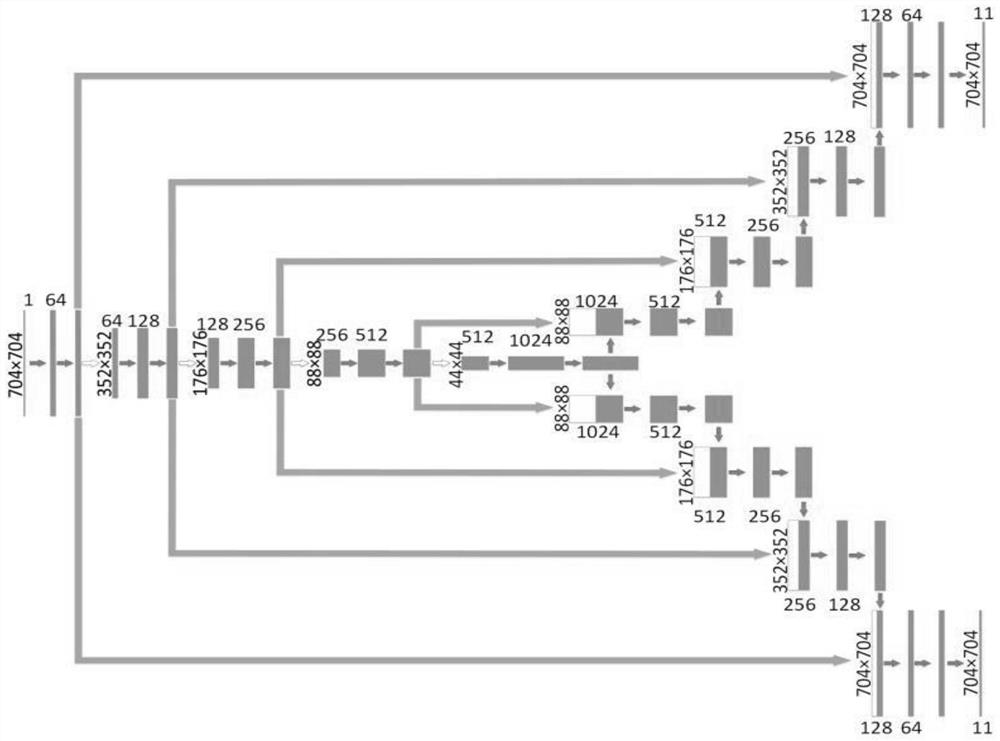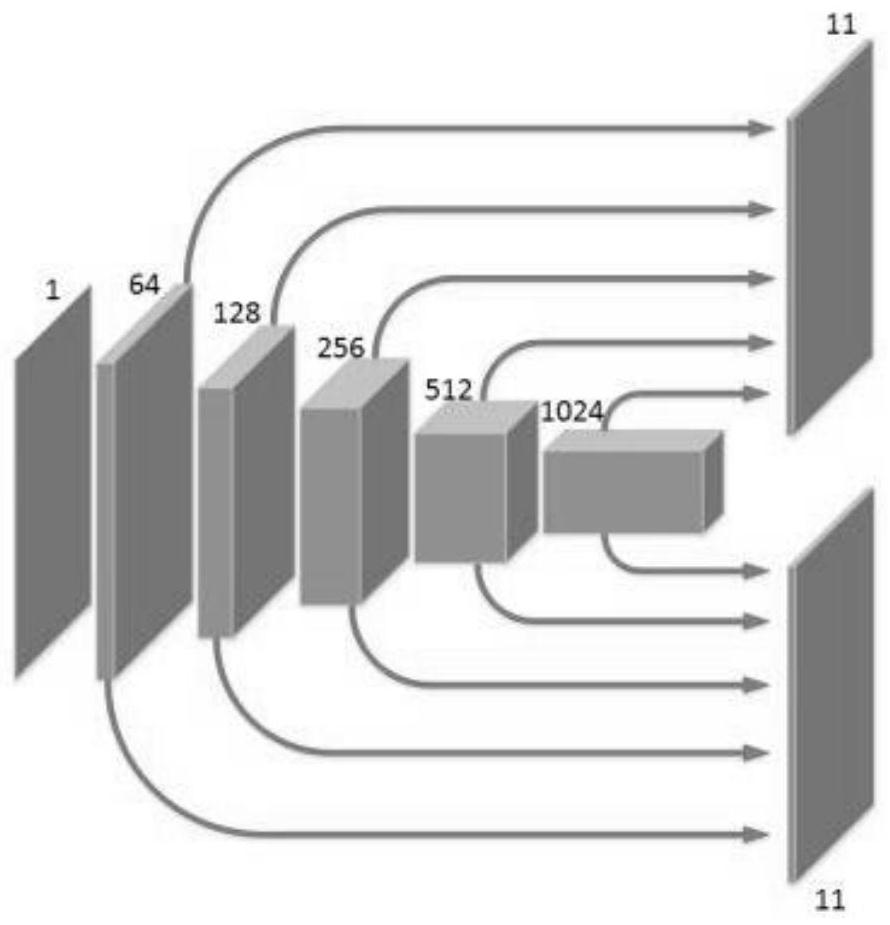A tissue classification method and device based on cardiovascular ivoct images
A classification method and cardiovascular technology, applied in image analysis, image enhancement, image data processing, etc., can solve problems such as inability to truly restore tissue structure, image information loss, and time-consuming, so as to achieve good image display effect and compensate for image information loss , High reduction effect
- Summary
- Abstract
- Description
- Claims
- Application Information
AI Technical Summary
Problems solved by technology
Method used
Image
Examples
Embodiment 1
[0043] Such as Figure 1-Figure 5 as shown, figure 1 A flow chart of the tissue classification method provided by the embodiment of the present invention; figure 2 The structural diagram of the convolutional neural network provided by the embodiment of the present invention; Fig. 3 (a) is a schematic diagram of the CNN model provided by the embodiment of the present invention; Fig. 3 (b) is a virtual diagram of the use of the CNN model provided by the embodiment of the present invention ; Fig. 4 (a) is the cardiovascular IVOCT image of the input end input of the CNN model provided by the embodiment of the present invention; Fig. 4 (b) is the tissue segmentation diagram of the first output end output of the CNN model provided by the embodiment of the present invention; Fig. 4 (c) is the organizational boundary map that the second output terminal output of the CNN model provided by the embodiment of the present invention; Figure 5 The combined cardiovascular tissue classific...
PUM
 Login to View More
Login to View More Abstract
Description
Claims
Application Information
 Login to View More
Login to View More - R&D
- Intellectual Property
- Life Sciences
- Materials
- Tech Scout
- Unparalleled Data Quality
- Higher Quality Content
- 60% Fewer Hallucinations
Browse by: Latest US Patents, China's latest patents, Technical Efficacy Thesaurus, Application Domain, Technology Topic, Popular Technical Reports.
© 2025 PatSnap. All rights reserved.Legal|Privacy policy|Modern Slavery Act Transparency Statement|Sitemap|About US| Contact US: help@patsnap.com



